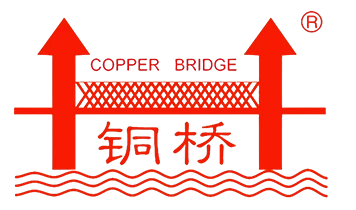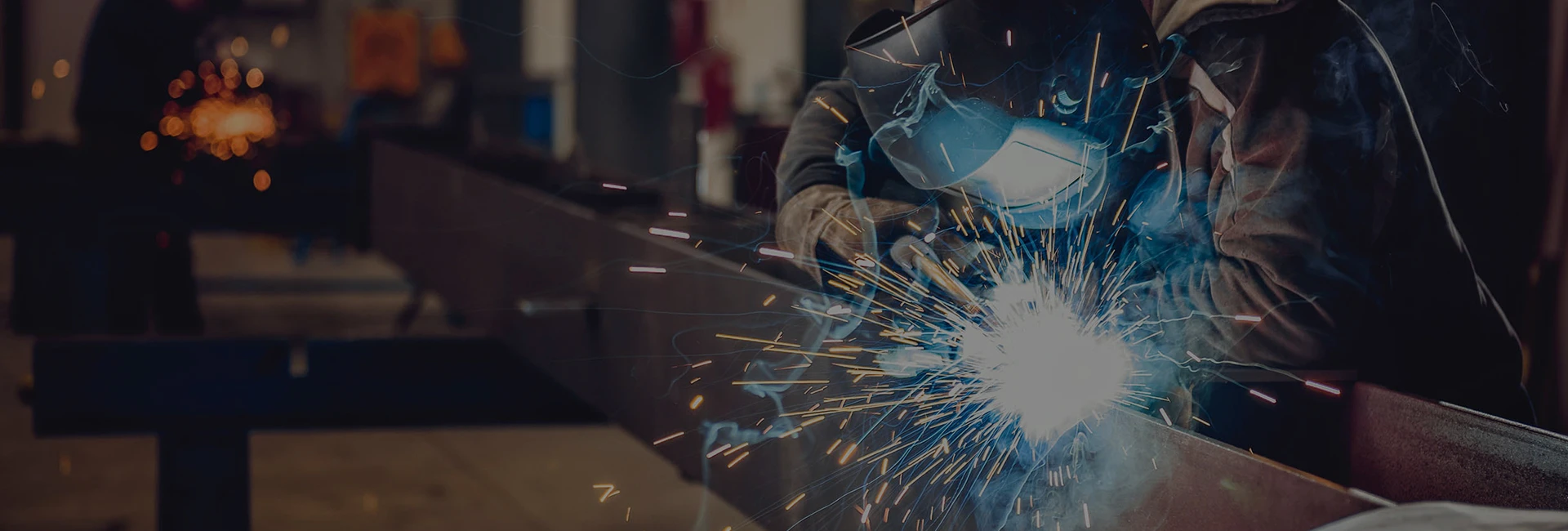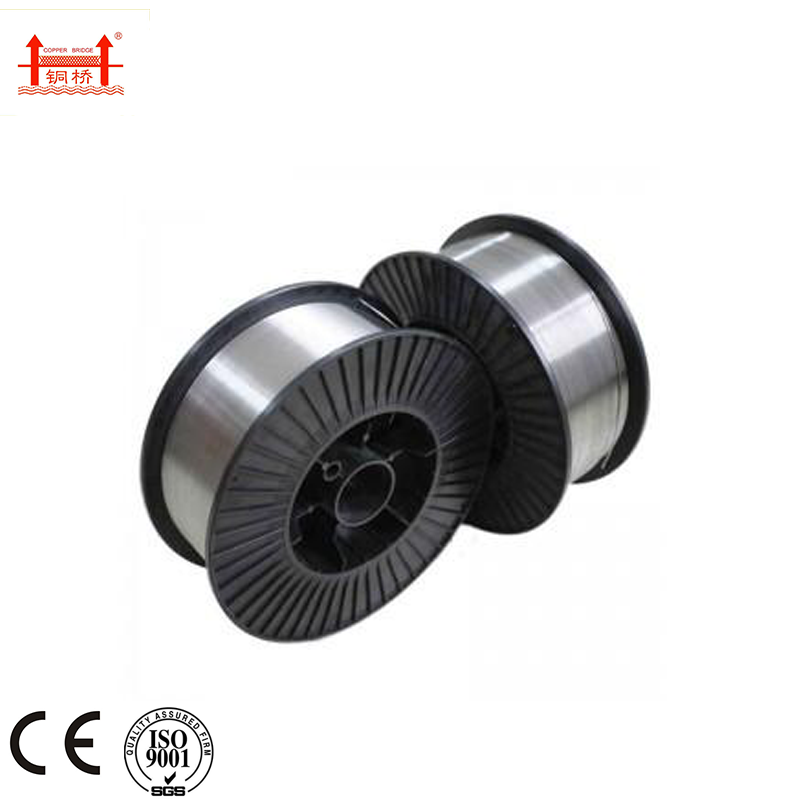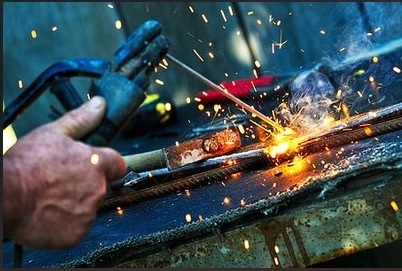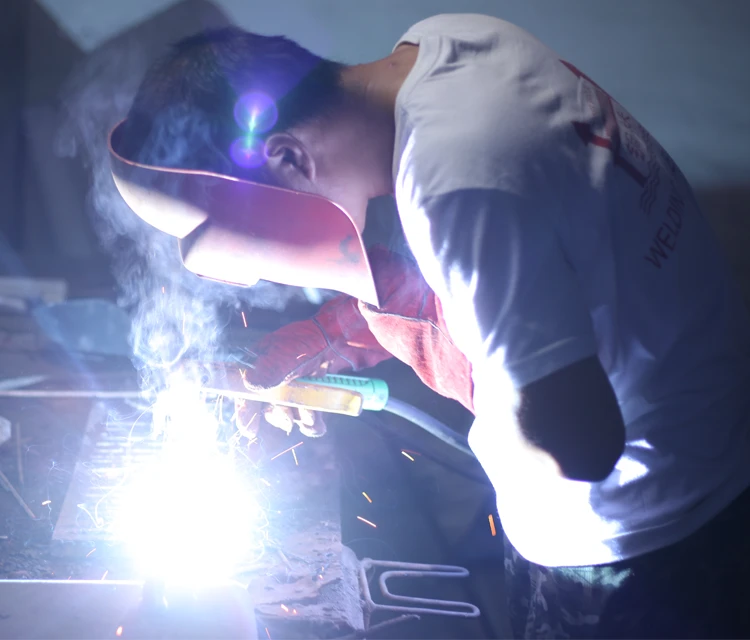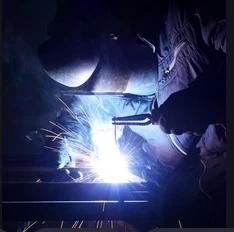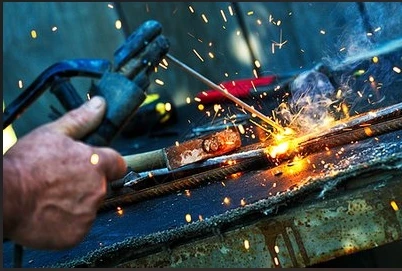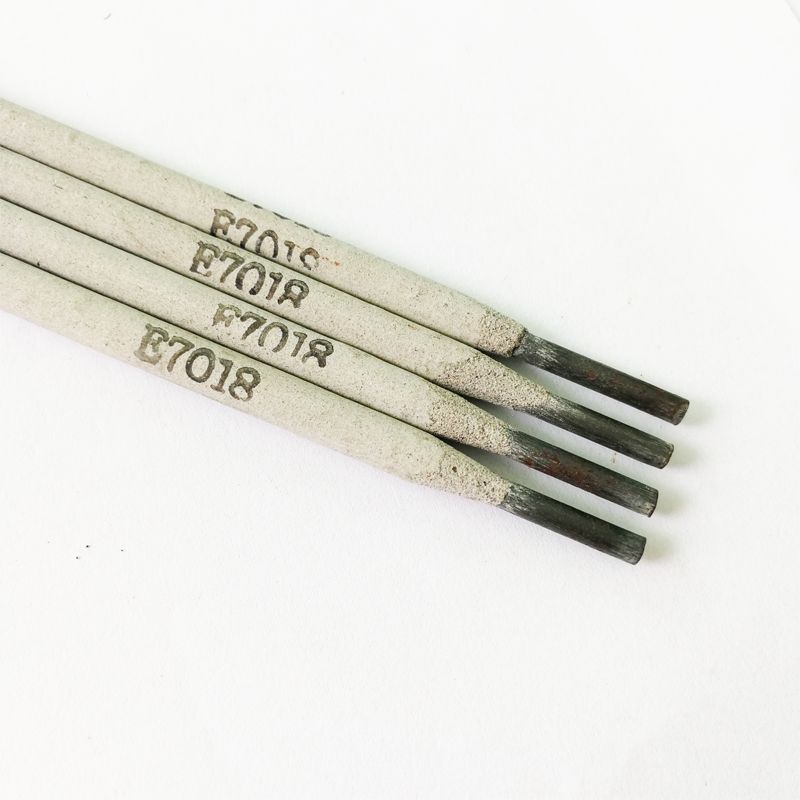Cast Welding Rods Require Peening
Aug . 29, 2025 15:57
Understanding the Essential Role of gegossene Schweißstäbe in Modern Fabrication.The foundation of durable metal repairs begins with selecting the right consumables. Among these, gegossene Schweißstäbe stand out for their unique ability to fuse fractured cast iron components, a material notorious for its brittleness and complex composition. Equally critical is interpreting the cast iron welding rod number, which reveals vital properties like tensile strength, hardness compatibility, and optimal operating parameters. For professionals tackling engine blocks, pump housings, or vintage machinery, mastering the use of welding electrode cast iron ensures structural integrity under thermal stress. These electrodes mitigate cracking by matching the coefficient of expansion of base metals, making them indispensable in automotive, manufacturing, and restoration industries.
Understanding the Core Mechanics of gegossene Schweißstäbe for Superior Joint Integrity
Cast welding rods operate on principles distinct from standard electrodes. Their flux formulations contain graphite stabilizers that prevent carbon migration during fusion, crucial for preserving machinability in heat-affected zones. Unlike conventional rods, they deposit nickel-rich or ferro-nickel alloys that absorb shock and resist brittleness. Preheating the work piece to 500°F–1200°F is non-negotiable; it minimizes thermal gradients that cause micro fissures. Post-weld slow cooling in insulating blankets further prevents embrittlement. Operators must maintain short bead lengths and peen each layer to relieve stresses—procedures demanding expertise but guaranteeing leak-proof, vibration-resistant repairs.
Decoding the cast iron welding rod number for Precision Application Matching
Der cast iron welding rod number acts as a universal cipher for material scientists and welders.Digits following these prefixes indicate minimum tensile strength in ksi;Suffixes such as "-A" highlight arc stability enhancements for overhead work. Misinterpreting these codes risks catastrophic failures—using a low-nickel rod on chilled iron escalates crack propagation. Thus, cross-referencing rod numbers against base metal specifications is paramount before ignition.
Optimizing Performance with Advanced welding electrode cast iron Techniques
Maximizing outcomes with welding electrode cast iron requires nuanced methodologies. DC reverse polarity (electrode positive) concentrates heat into the rod, reducing base metal distortion. Travel speed must balance penetration and dilution: too slow invites carbon pickup from the parent metal, while too fast causes lack-of-fusion defects. For thick sections, buttering—depositing a buffer layer on groove faces—isolates the weld from problematic substrates. Always use stringer beads instead of weaving to restrict heat input. Critical repairs on pressure vessels demand tandem processes: initial passes with nickel-based rods followed by high-nickel filler wires for reinforcement, each validated via dye-penetrant testing.
Troubleshooting Persistent Defects in gegossene Schweißstäbe Utilization
Even seasoned technicians encounter challenges when deploying gegossene Schweißstäbe. Porosity often stems from moisture-contaminated flux; storing rods at 250°F eliminates this. Craters at bead termini signal abrupt arc extinction—employ back stepping techniques to fill cavities. Hard zones adjacent to welds emerge from rapid cooling; localized post-heating to 1100°F followed by controlled furnace cooling restores ductility. If cracking persists despite preheat, verify the cast iron welding rod number matches the alloy grade—ferritic irons require rods with vanadium additives. For contamination-induced failures,grinding deeper than visible impurities before rewelding is mandatory.
FAQS about Resolving Critical Queries About welding electrode cast iron and Related Standards
What distinguishes welding electrode cast iron from conventional steel electrodes?
Welectrode cast iron integrates unique metallurgy: nickel-base alloys replicate cast iron’s thermal expansion profile, while graphite-regulating fluxes curb hardening. Steel electrodes lack these adaptations, causing residual stresses and cracks in iron substrates.
How does the cast iron welding rod number influence weld color matching?
Der cast iron welding rod number dictates alloy composition. High-nickel rods (e.g., ENi-CL) yield pale gray deposits blending with gray iron, whereas FeNi types produce darker hues for ductile iron. Selecting mismatched rods creates visibly discordant repairs.
Can gegossene Schweißstäbe join cast iron to dissimilar metals like stainless steel?
Specialized gegossene Schweißstäbe with multi-alloy matrices bridge cast iron and austenitic steels. However, differential expansion demands restrained joint designs and intermediate buttering layers to avert fatigue fractures.
Why do some cast iron welding rod numbers include suffixes like -Z or -HT?
Suffixes in the cast iron welding rod number denote enhancements: "-Z" implies zero-hydrogen flux for critical applications, "-HT" certifies post-weld heat treatability. Ignoring these invites hydrogen-induced cracking or machining difficulties.
What safety protocols govern storage of welding electrode cast iron?
Welding electrode cast iron requires hermetic containers with desiccants due to moisture-sensitive flux. Post-exposure, rebaking at 300°F for 1 hour restores efficacy—omitting this invites porosity and weak fusion.
Elevate Your Craft with Our Premium Solutions.Mastering cast iron repairs demands more than skill—it requires consumables engineered for excellence. Our enterprise manufactures ISO-certified gegossene Schweißstäbe across 20+ classifications, each rigorously tested for porosity resistance and tensile performance. Whether restoring antique flywheels or sealing compressor casings, our welding electrode cast iron range delivers unmatched arc stability and color match fidelity. Consult our technical team to decode complex cast iron welding rod number requirements or request customized formulations. Visit our state-of-the-art facility for hands-on demonstrations—where innovation meets integrity. Invest in reliability; partner with pioneers.
Ähnliches Video


